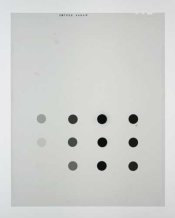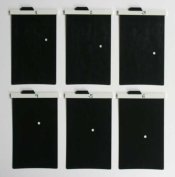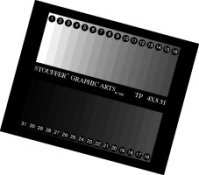Anupam Basu
Member
I usually test my 35mm film to establish an EI and development time. But now I am starting out in 4x5 and I want to shoot one film to begin with - Arista.edu ultra looks cheap - so I am thinking of getting a couple of hundred sheet boxes and 'learning' that film.
But since my testing procedure is optimized for 35mm, I was thinking if I might just buy a couple of rolls of the same film in 35mm format to do the testing instead of bothering with the tedium of doing the test on 4x5 sheets. I expect film emulsion will be the same across formats, right? One area of concern might be the difference in agitation between a daylight roll film tank and tray development, but do you figure that 15 secs/min will translate across the two processes to maintainreasonable accuracy.
Any thoughts on why I should / shouldn't do this would be helpful.
Thanks,
Anupam
But since my testing procedure is optimized for 35mm, I was thinking if I might just buy a couple of rolls of the same film in 35mm format to do the testing instead of bothering with the tedium of doing the test on 4x5 sheets. I expect film emulsion will be the same across formats, right? One area of concern might be the difference in agitation between a daylight roll film tank and tray development, but do you figure that 15 secs/min will translate across the two processes to maintainreasonable accuracy.
Any thoughts on why I should / shouldn't do this would be helpful.
Thanks,
Anupam













